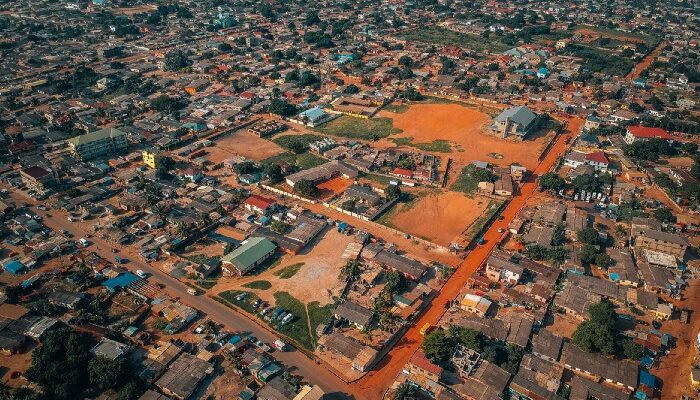
“Youth is just a word”, wrote Bourdieu in 1993, referring to the contextual definitions of this social category encompassing the transition from childhood to adulthood. Yet, the social category of ‘youth’ has recently assumed a prominent role in public debates about development in Africa: the continent is experiencing a colossal demographic transformation, an actual ‘youth bulge’.
With the highest population growth in the world, the African population has doubled since the 1990s and is expected to double by 2050. Within the next thirty years, a quarter of the world’s population will be African and by the turn of the century it is expected to constitute half of world’s population. Such rapid demographic growth has socio-economic implications in terms of (un)employment, as well as rapid urbanization. In fact, while the population of the continent is still largely rural — in middle-income countries cities are booming and already host half of their populations. In fact, Africa is also the world’s most rapidly urbanizing continent.
One emblematic example is that of Ghana, where the capital city of Accra has seen its population double since the ’90s. A growing share of the capital’s population has a migration background — and indeed youths perceive Accra to be the epicenter of economic opportunities and exciting modern lifestyles. While many youths move to the cities in search of employment, rural to urban migration does not only respond to economic push and pull factors to improve one’s livelihood: the lifestyle of the capital is also crucial to youths’ successful social status. Furthermore, moving to the capital is generally not a strategic choice for youths to exit agribusiness.
To understand both the social and economic dimensions that motivate and enable youth migration to Accra, we carried out quantitative and qualitative study of internal mobility in Ghana. The descriptive statistical analysis of the Ghanaian Livelihood Survey (GSS 2017), sampled across 14 thousand households, allowed us to understand the migration trends and hubs. We also collected semi-structured interviews with 20 young migrants, who moved to Accra from main out-migration regions.
When addressing issues of youths’ rural-urban migration, both scholars and development experts focus on streams from poor regions to main urban hubs. However, from our statistical analysis, we learnt that the majority of internal migrants living in Accra don’t originate in the poorest regions in the North of the country. On the contrary, most migrants in Accra — the biggest migration-receiving urban center — come from the neighboring Southern regions — which are economically more developed.
‘The cake is in Accra’, told us a taxi driver at the beginning of our fieldwork research in the capital city. In fact, our respondents insisted that moving to Accra was ‘making them fat’ in the eyes of those in their home village — meaning their livelihood opportunities were improving as well as their social status. Actually, economic progresses mirrored the social progress and vice versa — but in different ways for male and female youths. Migrating to the capital helped males becoming ‘big boys’ — owning a property or car, sending remittances back home, starting a family; and females becoming ‘big girls’ — moving out of their families’ households, administrating their money, plaiting their hair.
Yet another social distinction was to be made among socio-economic classes, in the ways in which they navigated the social networks that enabled their moving. The analysis of their social networks revealed that middle-income migrants behaved similarly to males in the way in which they focused their social relations with peers and close family members; while low-income migrants behaved similarly to females as both groups scattered their relations across a wide range of people in their networks.
Definitely, in the light of recent demographic developments on the African continent — we can confirm that Bourdieu was right in pointing at the vagueness of the social category of youth. In fact, it comprises an ever growing share of the African (and world’s) population, thus including a very heterogeneous age-group. However, when addressing main issues of urbanization and rural-urban migration we can draw important conclusions from case studies such as the Ghanaian one. In fact, we can identify general trends in the regional migration flows that counteract the assumptions of economic push-and-pull factors — most urban migrants come from better off regions! Moreover, there are generalizable conclusions to be drawn from qualitative studies that show both gender- and class- specificities in their migratory behaviors.



